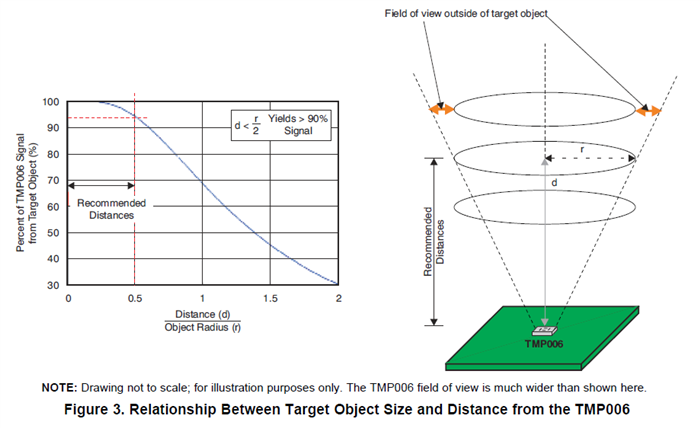Hi ,
I am trying to measure temperature of a solar panel using TMP006EVM. This testing is done on a roof where panel is planted (air flow is prime concern), mostly during the time when sun is high.
Since the environment conditions are varying continuously how effectively this device can measure temperatures for a solar panel?
In our measurements there is a difference in object temperature, it is fluctuating randomly for both Local and Object Temperature.
Is this device suitable for measuring temperature of a solar panel?
What is the role of calibration factor in the TMP006 EVM GUI software?
Do we need to change calibration factor while measuring the temperature of a solar panel?? (right now all the settings i.e calibration factor, conversion rate are set according to the data specified in the data sheet provided by TI)
Thanks
Pragati



